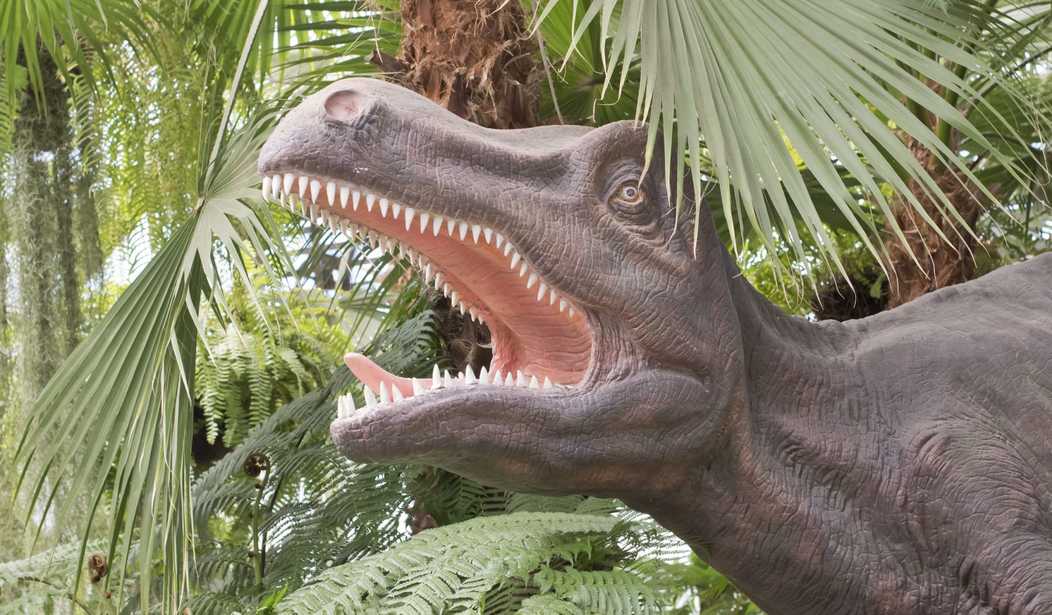Paleontologists have discovered fossilized dinosaur bones and eggs, but recently, in China, they’ve come across a dinosaur tail, frozen in amber. And guess what? Although it’s not a bird, it has feathers:
While most paleontologists dig up prehistoric bones from the ground, Lida Xing hunts for fossils in the amber markets of Myanmar. In 2015, he made a remarkable find: Trapped in what looked like golden glass was the feathered tail of a dinosaur.
Along with the primitive plumage, the 99-million-year-old amber also preserved soft tissue and eight complete vertebrae. The tail bones indicated that the specimen belonged to a dinosaur that was not a prehistoric bird and also provided researchers with insight into the evolution of feathers.
“This is the first time that skeletal material from a dinosaur has been found in amber,” Dr. Xing, who is a paleontologist at China University of Geosciences in Beijing, said in an email. He and his colleagues published their findings Thursday in the journal Current Biology.
After performing a CT scan and microscopic analysis, Dr. Xing and his colleagues realized that the feathers did not belong to a bird because the specimen’s tail vertebrae were not fused into a rod, as they are in modern birds. The feathers most likely belonged to a baby nonavian theropod, meaning it looked more similar to a velociraptor or Tyrannosaurus rex than to a modern bird. That said, it was probably only about the size of a sparrow.
Well, that’s kind of disappointing, but you have to start repopulating Jurassic Park somewhere, right? Meanwhile, the find not only provides insight into the evolution of the dinosaurs, but also — just like in the book and movies! — into the evolution of birds as well.
Most modern bird feathers have a central shaft called a rachis; think of the ink rod in a quill pen. Branching from the rachis are smaller shafts called barbs, and then branching from the barbs are even smaller filaments called barbules. But this specimen lacked the rachis; it just had barbs and barbules down its ribbonlike tail.
“They are more fuzzy than sleek,” Dr. McKellar said. “It shapes our view of how feathers came to develop in modern birds, and it gives us a rare glimpse of what dinosaurs looked like and potentially what feathers were being used for in the mid-Cretaceous.”
The finding suggests that the barbs and barbules evolved before the rachis in feathers. That is interesting because the rachis seems to aid in flight. It could be that dinosaurs with more primitive feathers used them for temperature regulation, camouflage and visual signaling, rather than flight.
Imagine a T-Rex that could fly. Now that would be something.









Join the conversation as a VIP Member